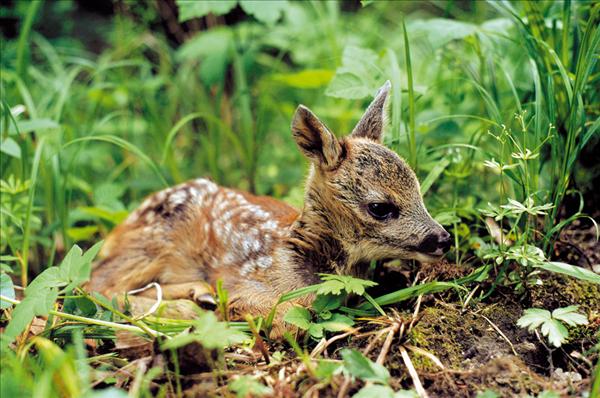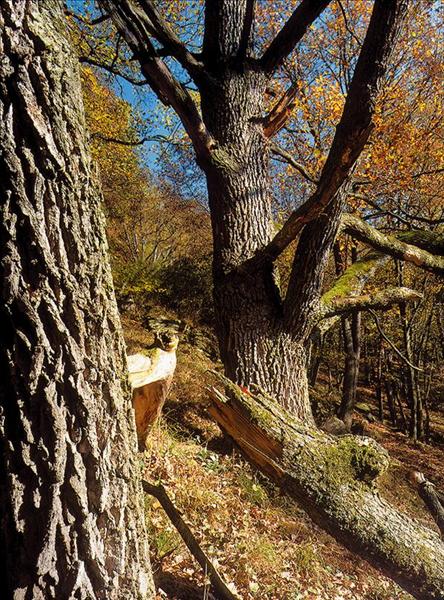LIFE "Habitat networks - Networks of life”
In 2010 the National Park Thayatal started an Austria-wide offensive to promote wildcats and forest networking.
Five BUND rural organisations, the Helmholtz Center for Environmental Research and the National Park Thayatal have united under the project management of BUND Germany as a project entity to draw attention to the theme "habitat networks”. The importance of networking woodland habitats will be demonstrated during this communication project on the basis of the life situation of wildcats. The campaign aims to inform the general public with selective information about the meaning of habitat networks and thus promote the implementation of networking measures. The project is based on results and experiences of the German initiative "wildcat rescue network”. In doing so, a nationwide model for the networking of 6 million ha of woodland on 20.000 km of "green corridor” for the main species wildcat has already been developed.
Since there is still very little information about the proliferation of wildcats in Austria, the main focus is not set on networking measures, but rather on other activities:
The campaign "Habitat networks - Networks of life” will be implemented with the support of the financing instrument of the European Union, LIFE.
Five BUND rural organisations, the Helmholtz Center for Environmental Research and the National Park Thayatal have united under the project management of BUND Germany as a project entity to draw attention to the theme "habitat networks”. The importance of networking woodland habitats will be demonstrated during this communication project on the basis of the life situation of wildcats. The campaign aims to inform the general public with selective information about the meaning of habitat networks and thus promote the implementation of networking measures. The project is based on results and experiences of the German initiative "wildcat rescue network”. In doing so, a nationwide model for the networking of 6 million ha of woodland on 20.000 km of "green corridor” for the main species wildcat has already been developed.
Since there is still very little information about the proliferation of wildcats in Austria, the main focus is not set on networking measures, but rather on other activities:
- Construction of an Austrian wildcat network which focuses on the municipalities in which wildcats are sighted. Beside the targeted integration of stakeholders, the general public is also addressed through the organisation of speeches, the presentation of wildcat exhibits, reports and surveys in municipal news.
- Expansion of the existing homepage www.wildkatze-in-oesterreich.at supplemented by a wildcat-newsletter.
- Organisation of an annual symposium for cross-linking Austrian activities with regard to the protection of wildcats and networking of woodland habitats.
- Designing a wildcat exhibition on the situation of wildcats in Austria and the problems caused by the fragmentation of habitats.
- Cooperation with other wildcat projects - for the coordination of Austrian-wide activities, the "Wildcat Platform” has already been created.
The campaign "Habitat networks - Networks of life” will be implemented with the support of the financing instrument of the European Union, LIFE.




